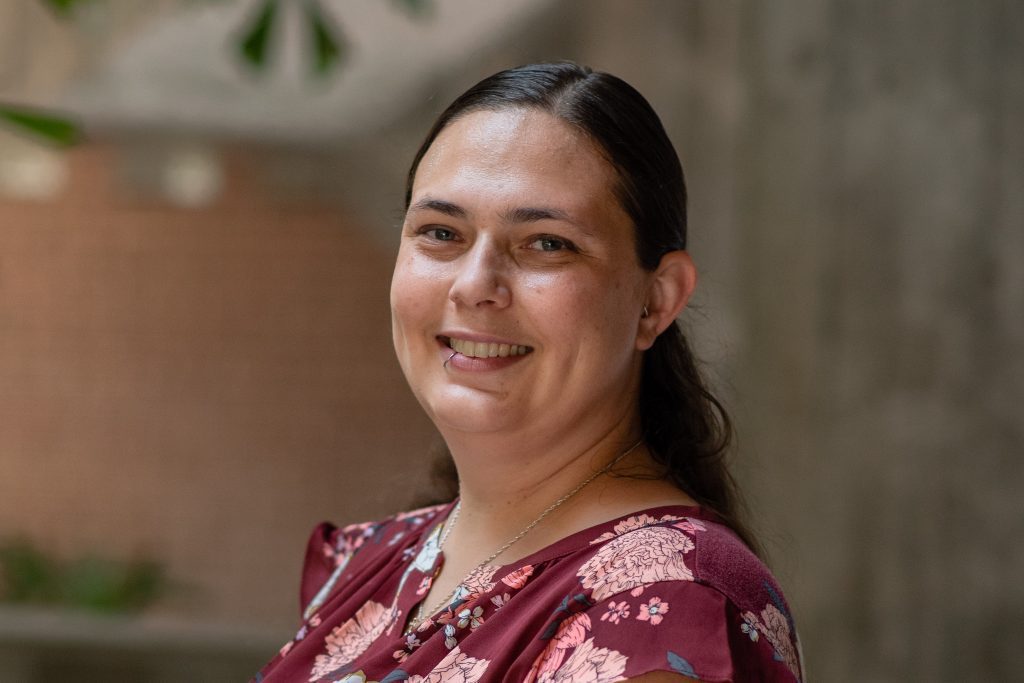Study of Medieval Migration Moves Forward with NSF Grant

Jane Holstrom
A deep dive into the evolution of Christianity in medieval France will continue unabated thanks to a new NSF Doctoral Dissertation Research Improvement Grant.
The $19,986 grant funds the work of bioarchaeology student Jane Holmstrom, whose research centers on two cemeteries in the remnants of Saint-Jean-de-Todon, near Laudun, France. Holmstrom’s research to date is built on samples collected in 2019 from 9th-13th century cemeteries located about 90 minutes northwest of the Mediterranean city of Marseilles.
Holmstrom’s stable isotope analysis of skeletal remains reveals details like diet, economic status and the mobility of villagers. The latter in particular interests Holmstrom because it corroborates historical records of religious pilgrimages to locations like neighboring Spain.
In conjunction with archaeological evidence such as botanical and faunal remains, isotope analysis allows researchers to identify a general diet. In addition, isotope analysis can allow for the identification of origins and movement, allowing archaeologists to broadly map childhood home areas and migratory routes that brought them to their final resting place in the south of France.
The role of the church and religion in this migration is the link Holmstrom wants to complete.
Smaller grants from the UCF Doctoral Research Support Award, Trevor Colbourn Anthropological Endowment Fund, Rust Family Foundation and Lambda Alpha Research Grant have kept Holmstrom’s dissertation research moving forward, but the recent award from NSF allows her to move forward with “Plan A.” Instead of picking and choosing which samples to analyze, Holmstrom will test samples from both the main cemetery and a second site about 10 kilometers away. This comparative analysis deepens Holmstrom’s data set and gives a better look at the differences between the upper and lower classes.
“This is a great opportunity to tell the stories of individuals from this area,” she said.
